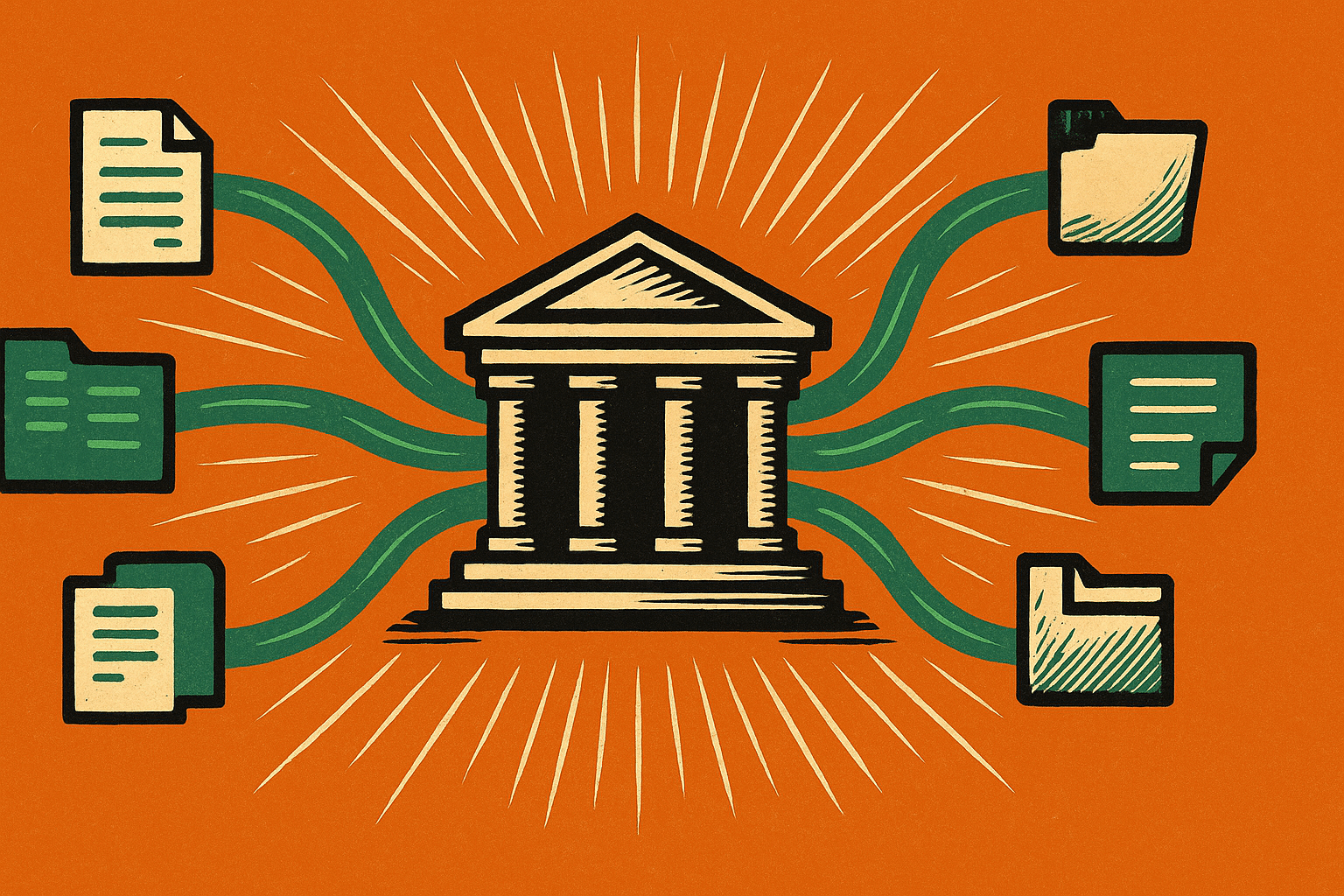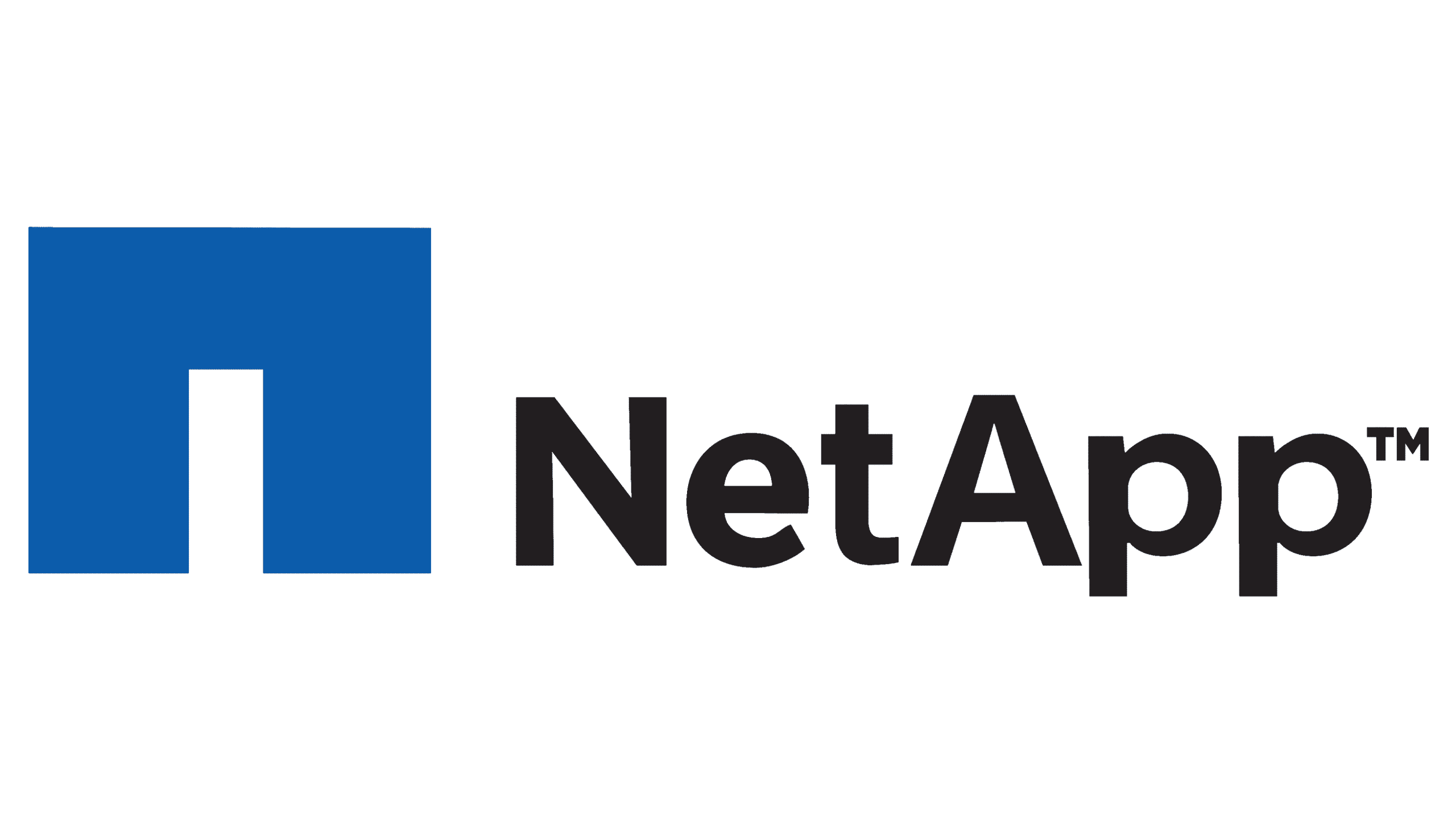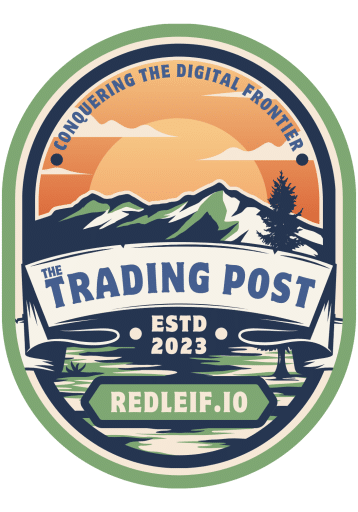
Constituent Services Start with the Data You Already Have
Modernization that minimizes risk and maximizes bandwidth When residents wait weeks for a permit or have to re-enter the same information across multiple forms, it’s not necessarily because government lacks data. More often, that data lives across many systems and departments, making it harder to…
Share this post:
Modernization that minimizes risk and maximizes bandwidth
When residents wait weeks for a permit or have to re-enter the same information across multiple forms, it’s not necessarily because government lacks data. More often, that data lives across many systems and departments, making it harder to find, share, or act on quickly. In fact, it’s more likely than not that the data element needed is stored numerous times unnecessarily than it is to not be stored.
Every public sector organization faces this to some degree, from large agencies to small cities. Multiple systems, multiple teams, and multiple sources of record are part of government’s reality. The challenge simply grows with the scale of data and the number of citizens depending on services. In some states, centralization can bring these issues to the surface statewide. In others, where agencies are more independent, the same challenge plays out within individual departments.
The opportunity to improve citizen services doesn’t always require new programs or massive system replacements. It starts with making existing data easier to access, manage, and secure – improvements that can be made quickly, with low risk and minimal overhead.
- For executives and policy leaders, this means progress without waiting for a multi-year overhaul.
- For IT teams, it means modernizing without the disruption of ripping and replacing core systems, ultimately freeing bandwidth to focus on higher-value projects.
- For finance, budgeting teams, and policy makers, it means confronting a common problem: paying to store and protect massive amounts of data that isn’t being used. While retiring entire systems isn’t always feasible, better data management can reduce what’s kept unnecessarily and cut storage costs. That’s a tangible way to stretch budgets and show responsible use of taxpayer dollars.
- For citizens, it means faster, simpler services delivered with the information government already has.
NetApp helps agencies achieve this by unifying data across environments with ONTAP and StorageGRID. Legacy records, modern workloads, cloud tiers can all be connected, secure, and ready for analytics or AI when needed. The result isn’t just technical efficiency. It’s a path to better services today, achieved with low risk and without overextending resources.
Last updated: October 3, 2025

Public sector organizations rely on innovative NetApp data management solutions for their storage modernization, next-generation data center, and hybrid cloud needs.
NetApp delivers advanced data management and infrastructure modernization solutions designed specifically for the public sector. Whether supporting frontline readiness, upgrading public health systems, advancing research in higher education, or ensuring secure transportation, NetApp empowers government agencies to future-proof infrastructure and streamline cloud expansion.
More Insight
Get updates on the digital frontier.


